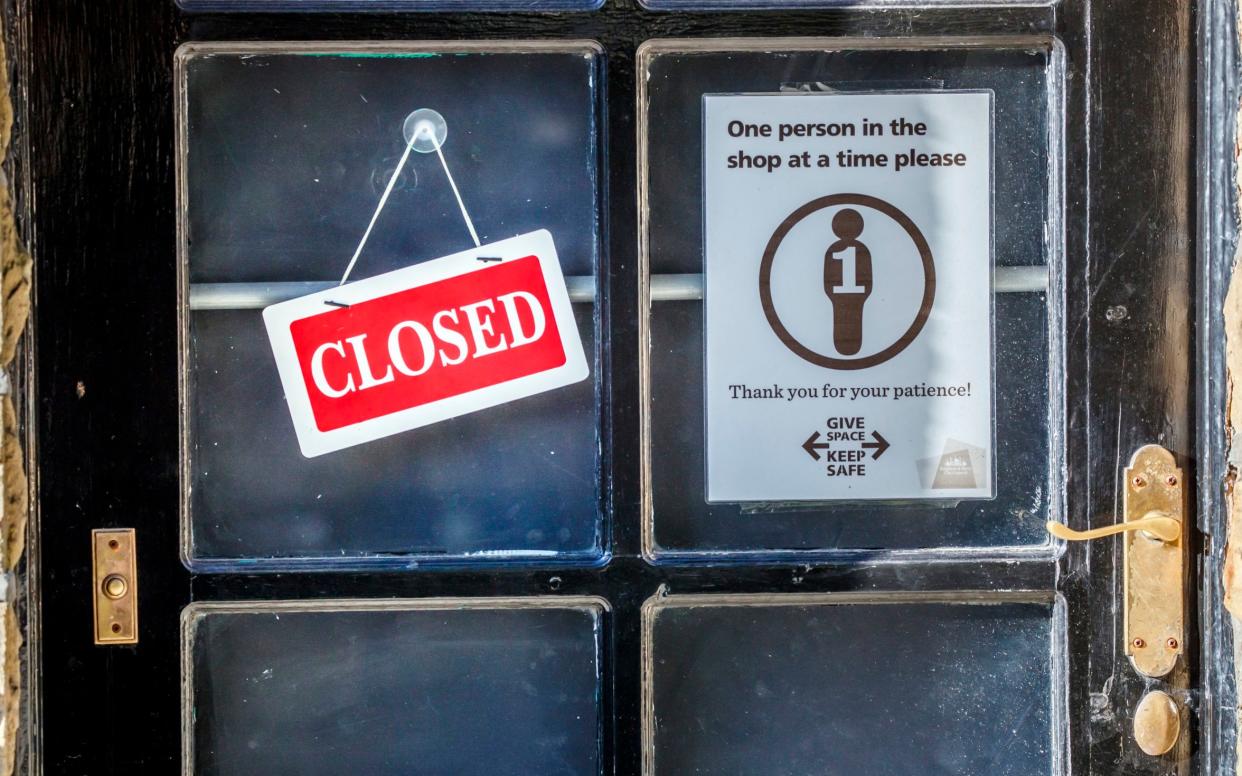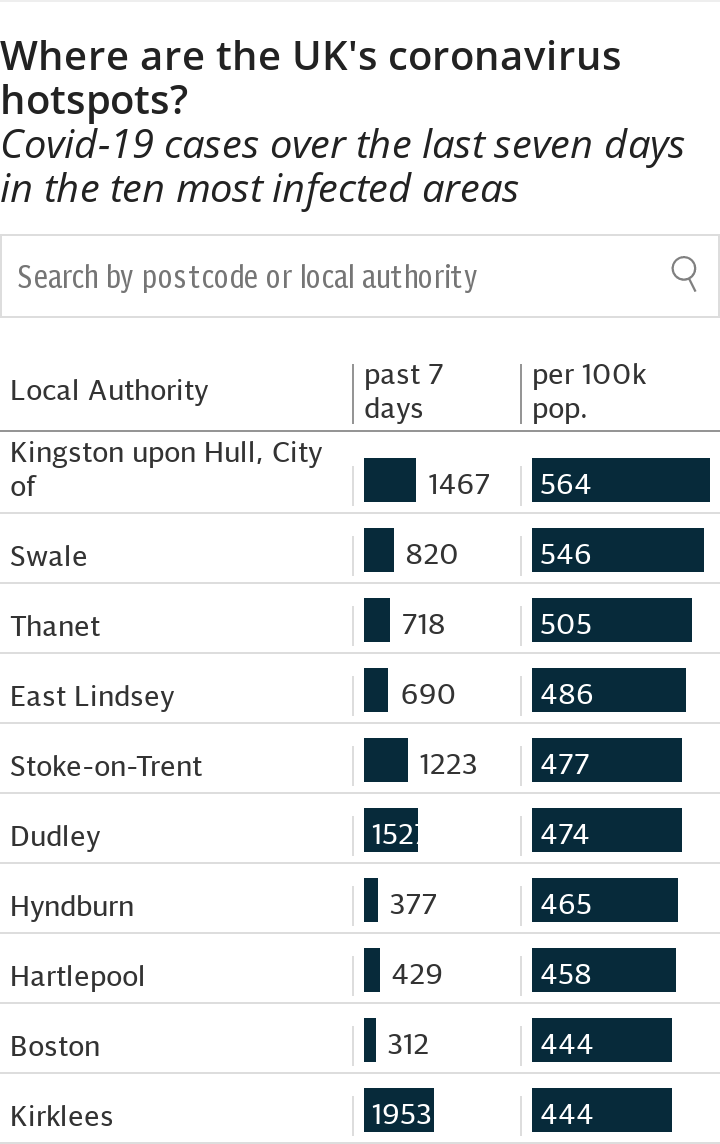How a three-tier lockdown system will work


From Monday the Government will introduce a new system of “Local Covid Alert Levels” in England, more commonly known as the three-tier system.
The three-tier system will see different parts of the country placed in different categories dependent on rates of infection, with areas in the highest level expected to face the toughest restrictions.
While Boris Johnson is yet to set out the restrictions for each tier it is understood that the top tier will include a range of draconian measures, although areas in the third tier will not have to impose all of the restrictions.
These include a potential ban on households mixing both indoors and outdoors and that pubs, restaurants, bars and bookmakers can be forced to shut.
Overnight stays for residents outside of their area can be banned and people will not be allowed to enter an area for an overnight stay if they live outside.
However under the top tier schools and universities would remain open and travel for a person beyond their area will be permitted for essential reasons such as work or education. Retail will continue to operate as normal.
The Telegraph understands that Liverpool will be placed in the top tier, with Newcastle and Manchester likely to follow.

It is thought the third tier restrictions will run in four-week blocks, subject to a monthly review.
Under the expansion of the Government’s Job Support Scheme, firms across the UK whose premises are legally required to shut for some period over winter as part of local or national restrictions will receive grants to pay the wages of staff who cannot work.
The Government will support eligible businesses by paying two thirds of each employee’s salary, up to a maximum of £2,100 a month.
However these subsidies only apply to the top tier.
In the second tier the rules are similar to those currently in place in Middlesbrough and Hartlepool, where different households will not be allowed to mix in any indoor setting, including in pubs and cafes and that a 10pm curfew will remain in place.
It is thought that meeting in a private garden would be allowed, however this can only be up to six people and a maximum of two households.
Andy Peston, Middlesbrough Mayor, told The Telegraph that Middlesbrough was “headed towards Tier Two” which he said was “the worst of both worlds”. “There is no compensation for businesses because the Government hasn’t specifically closed them, but the Government has rendered them unviable.”
He added that the “vast majority of trade” pubs make are when friends go out with friends. “They don’t go down the pub with their wife,” he said.
“They go to see their mates.”
Meanwhile The Tees Valley Mayor Ben Houchen said he had been informed the whole of the Tees Valley is expected to go into Tier Two restrictions.
Tier One will most likely be similar to current restrictions, which include meeting in no more than groups of six, a 10pm curfew, group sport only being played outdoors and a maximum of 15 guests at wedding and civil partnership ceremonies.

 Yahoo News
Yahoo News 
